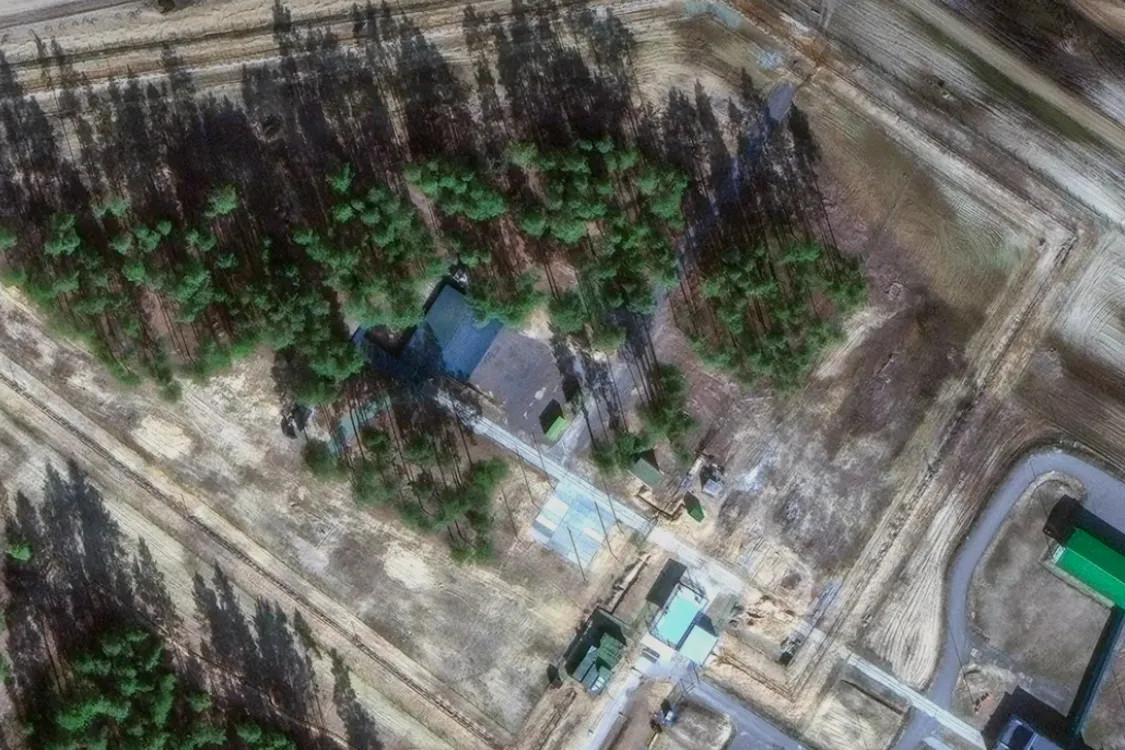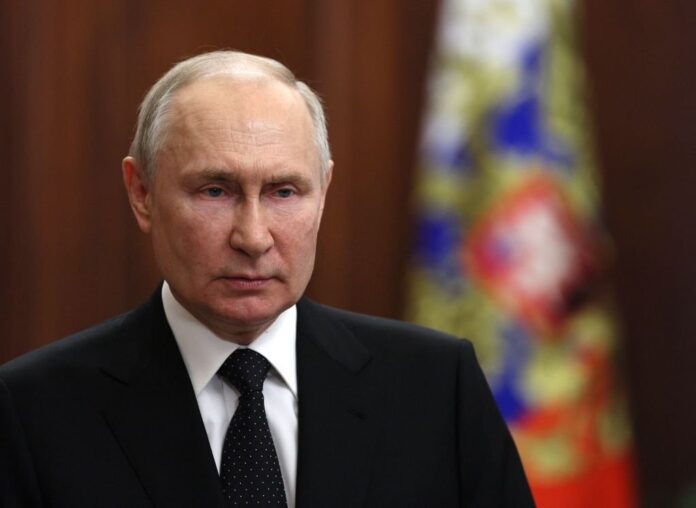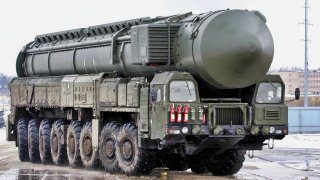
Brinkmanship in the war in Ukraine might be nearing its natural limits; this could pave the way for diplomacy.
Last week, tensions between Russia and the West appeared to escalate to a dangerous new level when President Vladimir Putin ordered military drills involving tactical nuclear weapons near the Ukrainian border. The Kremlin made clear that the drills were in response to statements by Western leaders about the deployment of NATO troops to Ukraine and the use of Western weapons to strike targets inside Russia.
On May 2, during a surprise visit to Kyiv, British Foreign Secretary David Cameron pledged to keep helping Ukraine “for as long as it takes” and suggested that Ukrainians were free to use British weapons in order to strike Russian territory. This could pertain to the Franco-British Storm Shadow missiles as well as drones the United Kingdom had pledged to supply to Ukraine in their thousands.
While Western countries have been supplying Ukraine with weapons, they have explicitly made clear that they cannot be used for attacks on Russian soil. For this reason, until now, Ukraine has been using its home-made drones and missiles against civilian and military targets inside Russia.
French President Emmanuel Macron, for his part, has repeatedly suggested that NATO could potentially end up deploying troops to Ukraine. He reiterated it this month in an interview with the Economist published on May 2. The French president refused to provide more details, insisting that the European Union should maintain “strategic ambiguity” and leave the Russians guessing about its real intentions.
But the Kremlin has chosen not to play the guessing game. The announcement of military drills involving tactical nuclear weapons in its Southern Military District which borders Ukraine sends a clear message to the West.
And to make the point clearer, the Russian Ministry of Foreign Affairs summoned the British and French ambassadors and released details of the rebukes they received.
The one addressed to France merely denounced Macron’s statements as “provocative” and “destructive”. The statement addressed to the UK was much harsher. It said that by allowing Ukraine to use weapons against targets in Russia, the UK becomes a side in the conflict. The ambassador was warned that should Ukraine proceed with strikes using British weapons, Russia could strike British targets “in Ukraine and beyond”.
This was the first direct threat of an attack against NATO targets outside Ukraine since the start of Russia’s full-out invasion in 2022. But it was not the first time Russia threatened the UK in the context of this conflict.
Back in the summer of 2021, the Russian navy fired warning shots when the British warship HMS Defender entered what Russia considers its territorial waters off the Crimean coast. It also threatened to bomb any British vessel that would attempt it again. That episode served as an important prelude to the Russian invasion.
Several factors must have contributed to the current escalatory episode. In the British case, domestic considerations did play a role. The unpopular Conservative government is nearly guaranteed to be routed in the upcoming national elections, which makes foreign affairs one of the last straws it could hold on to.
Being “tough on Russia” has been its trademark since the time when Prime Minister Boris Johnson emerged as the staunchest supporter of Ukraine and opponent of any deals with Russia while trying to salvage his post amid a COVID party scandal at home. Cameron’s visit came on the day of the UK’s local elections; his posturing in Kyiv, however, did not help his party avoid a crushing defeat.
But, of course, there is more to it than domestic politics. Western leaders generally tend to coordinate the statements and actions regarding this conflict. European leaders, especially the British, also tend to adopt the role of a “bad cop” in dealing with Russia so that the Biden administration appears more restrained and reasonable.
There is also the situation on the battlefield, which clearly worries Western capitals. Over the past few months, the Russian army has steadily advanced and more recently has extended the front line by a few dozen kilometres, attacking Ukraine from the north in the Kharkiv region.
The ongoing search for a magical solution that would turn the tables in Ukraine’s favour has so far been fruitless. The crucial US aid package, finally approved by Congress in April, will at best stall the Russian offensive at some point later this year. But the Russian army will likely seize more territory before it happens.
What Ukraine could realistically achieve is to try to make the Russian advance costlier by delivering more painful and more long-distance strikes, using Western missiles. The bridge connecting Russia’s mainland to the occupied Crimea is often named among the most prized targets.
The Ukrainians would also be very keen to target more infrastructure inside Russia proper if only to retaliate for Russia’s incessant strikes that have devastated Ukraine’s energy sector.
Western powers are willing to leave these options on the table in order to restrain Russia and make it think twice before launching large-scale operations with devastating consequences for Ukrainian defences.
Russia, on the other hand, wants to look undeterred and dead set on achieving its goals in Ukraine, no matter the cost. The Russian calculation has always been that at the end of the day, Ukraine will always be far less important for the West than for Moscow.
Against the backdrop of what might turn out to be the most decisive phase of this war, the sides are trying to set the rules of the game and draw their red lines which – they hope – the adversary will, at the very least, hesitate to cross.
But with nuclear weapons being demonstratively rolled out, it is becoming clear that the game of brinkmanship is nearing its natural limit. With most – if not all – trump cards on the table, the contours of a new equilibrium are becoming clearer which makes peace talks more likely.
As Putin made another bellicose speech during the Victory Day parade in Moscow on May 9, the recently reprimanded French ambassador was in attendance, breaking the boycott imposed by all the other major Western powers. Behind the curtain of harsh rhetoric and threats, diplomatic efforts to put an end to the war continue.
The views expressed in this article are the author’s own and do not necessarily reflect Al Jazeera’s editorial stance.













